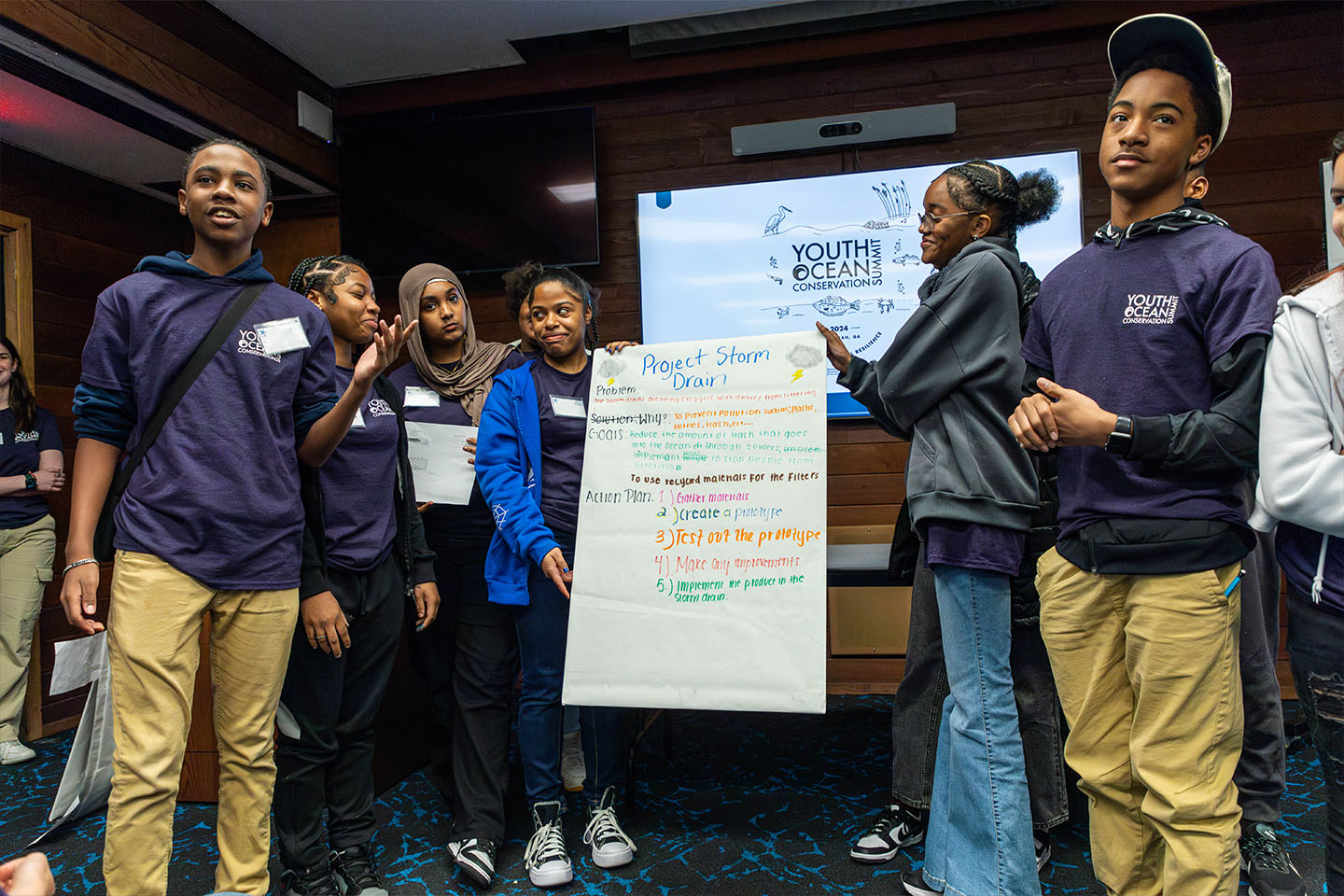John Whigham has only been a serious birder for about five years, but got the sighting of a lifetime recently as he took an outdoor lunch at the State Botanical Garden of Georgia.
Whigham, an information technology professional with Southern Co. who lives in Oconee County, thought at first on Sept. 30 that he’d spotted a Western kingbird. The bug-catching specialist rarely ventures west of Texas, but has been spotted a few times before in Georgia.
“I study field guides, and I’ve learned what to look for. I’d never seen one that looked like that in the wild,” said Whigham, who grew up in Watkinsville.
Whigham got out his camera, outfitted with a long lens, to take pictures of the rare bird with the bright yellow belly as it flitted about in a Georgia Power Co. transmission line right of way.
The open area, down where the pavement ends in the botanical garden, is being restored as a Georgia Piedmont prairie. It’s a good place for bug-catching birds to hang out, said Whigham, 27.
Whigham also paused to begin texting fellow bird-watching members of the Oconee Rivers Audubon Society, spreading the word that he’d spotted something unusual.
But as more experienced birders arrived and began consulting reference books, they discovered Whigham had sighted something even more unusual — either a Couch’s kingbird, a Texas resident, or a tropical kingbird, whose normal range is from southern Arizona and the southern tip of Texas down into Central America.
Either way, it was a first for the state — there has never been a documented sighting of either bird in Georgia, said Oconee Rivers Audubon Society President Clark Jones, who’s personally identified about more than 500 North American bird species. Jones was one of nearly two dozens birders who came down Sept. 30 to get a glimpse of the western visitor.
After study, Jones and the other birders ruled out Couch’s kingbird.
“The bird that showed up is a tropical kingbird. (Whigham’s) photos were so excellent, you can see key flight feathers,” said Richard Hall, a past Oconee Rivers Audubon Society president who also came to the botanical garden and saw the bird.
Judging from the feathers, the kingbird looked to be about 2 years old, Jones said.
The tropical kingbird likes open areas like the botanical garden’s Piedmont prairie restoration because they’re good hunting grounds.
Whigham and other birders watched the bird’s darting hunting technique for hours that Monday afternoon.
“You can see them sitting there watching; they’ll be looking all over the place,” said Whigham, who grew up in Watkinsvlle. “They’ll see a bug, go over and catch it out of mid-air, and come back and sit down and eat it. That’s what this one was doing.”
At one point, the watchers saw the bird catch one big bug, haul it back to a tree, and kill it by whacking the bug against the side of a branch, Hall said.
Word of the sighting quickly spread among birders and ornithologists across the state. On Oct. 1, birders began arriving at the botanical garden from Atlanta and other parts of state, in hopes of adding the tropical kingbird to their lifetime lists of birds identified.
They saw plenty of birds — the State Botanical Garden is listed as one of Georgia’s roughly 50 “Important Bird Areas,” and birders have confirmed about 175 species there since 1989, Jones said.
But the second-day wave didn’t catch a glimpse of the tropical kingbird. Sometimes migrating birds stick around in one place for two or three days, but this wanderer only stayed about half a day, Hall said.
No one knows why this bird showed up in Georgia.
Sometimes birds can get blown off-track by a storm; sometimes, they just seem to wander and explore — especially young birds, Jones said.
The species seems to be expanding its range, Hall said. Tropical kingbirds have been spotted in Florida and North Carolina, and this year there was a nesting pair in Florida, Jones said.
The sighting still has to be officially confirmed by a committee of the Georgia Ornithological Society, but the Oconee Rivers Audubon Society birders are confident of the confirmation.
Jones said he couldn’t recall when the first confirmed Georgia sighting of a bird species was in Clarke County.
“There have been a few rarities that I’ve chased, but this is the rarest one I’ve found,” Whigham said.
The tropical kingbird was the 189th species on his lifetime list. He added number 190 the next day, when a peregrine falcon flew over his house.
The Oconee Rivers Audubon Society sponsors regular bird walks that are open to the public. The next one is scheduled for 8 a.m. Saturday at Sandy Creek Park.



